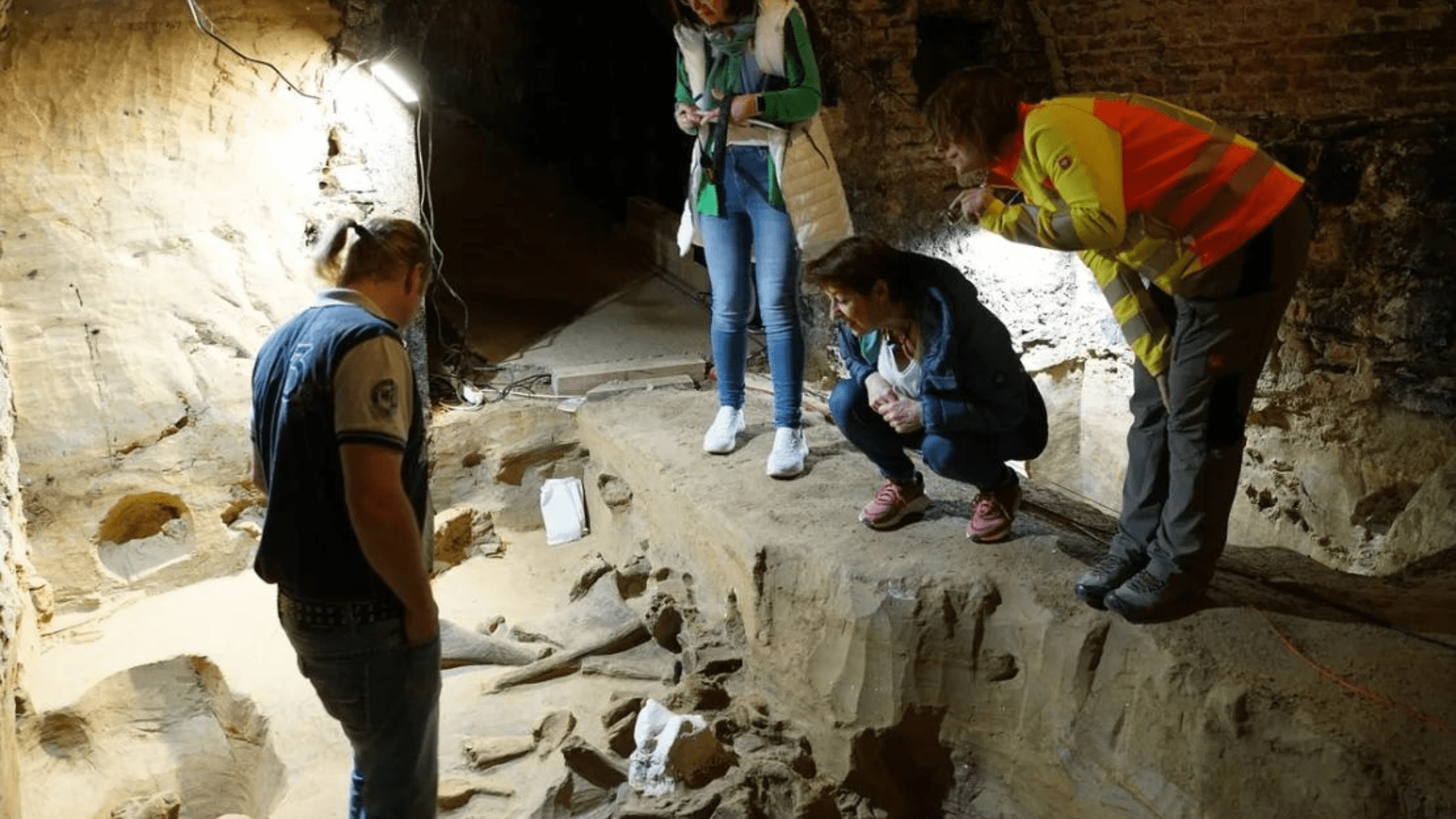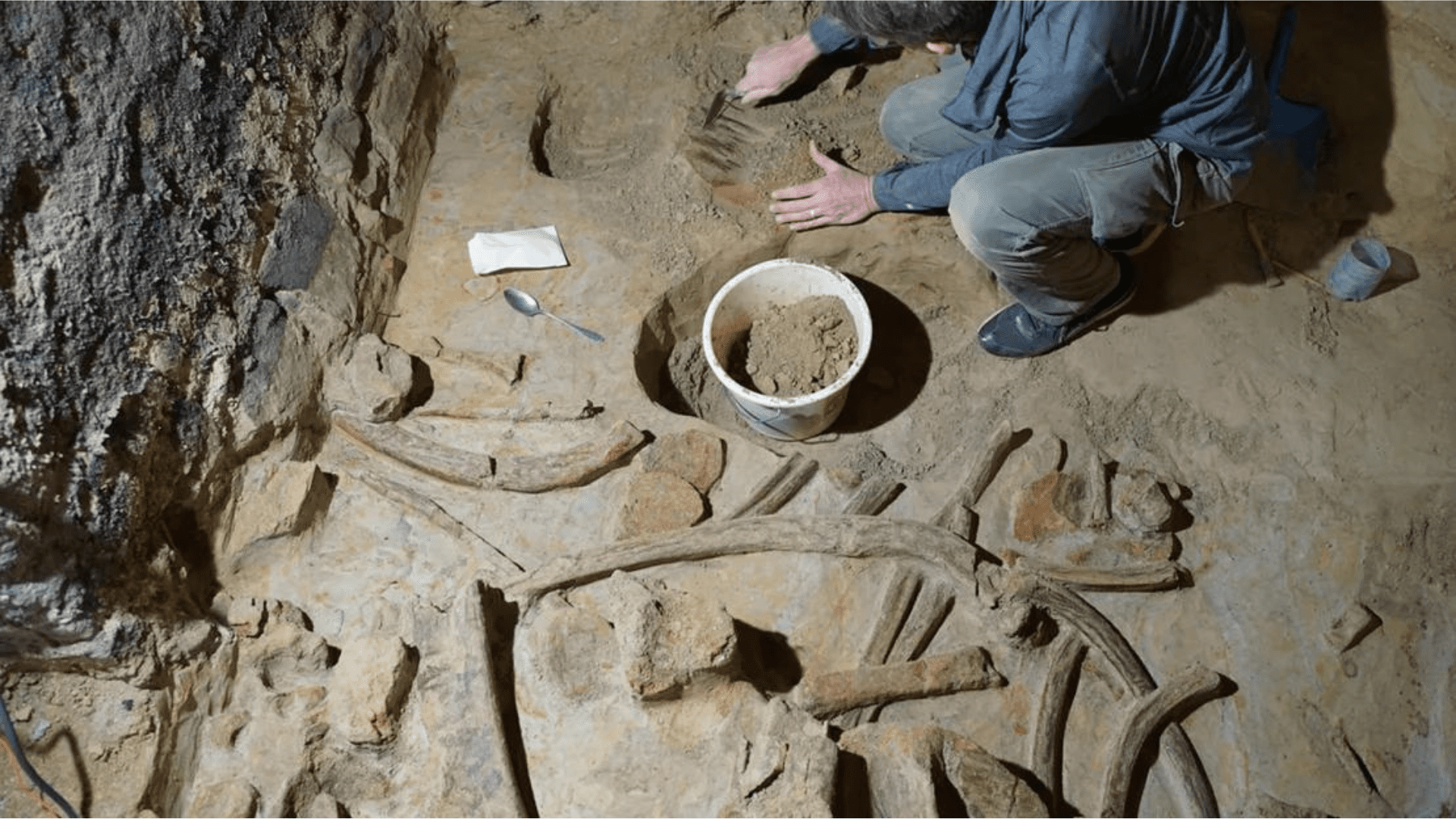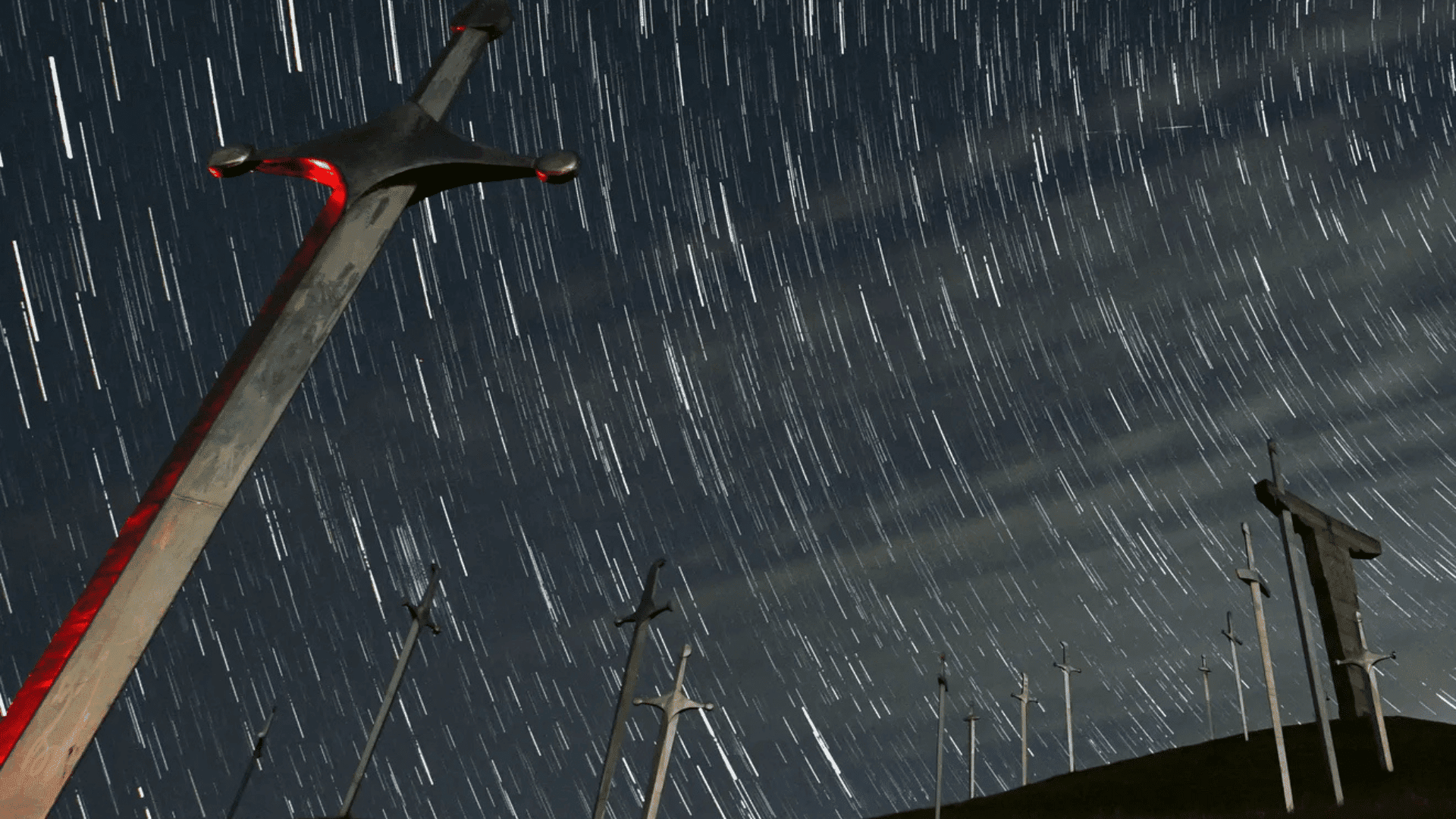Experts say an Austrian winemaker discovered hundreds of mammoth bones in his cellar during renovations. The bones are between 30,000 and 40,000 years old, and the experts label the discovery an “archaeological sensation.”
The Discovery

In March, Winemaker Andreas Pernerstorfer discovered the mammoth bones in his wine cellar in the village of Gobelsburg, about 43 miles northwest of Vienna. According to researchers from the Austrian Academy of Sciences (OeAW), the find is the most significant of its kind in over a century. The OeAW researchers are now recovering the bones and describe the find as an “archaeological sensation.”
Archaeologist Hannah Parow-Souchon is a researcher at the OeAW and tells CNN that Pernerstorfer discovered the bones while leveling the floor in his cellar. She said, “He wanted to level the floor of his wine cellar because it was sloping and he removed some concrete in the center.” According to the archaeologist, the find was almost instant. “More or less immediately he found the bones, which he initially thought were wood,” she said. “Then he looked more closely and remembered a tale from his grandfather who in the sixties extended the cellar and found some mammoth molars.”
When Pernerstorfer found the mammoth bones, he reported them to the Federal Monuments Office, which then referred him to the OeAW. Parow-Souchon told CNN that’s because “we are experts on the Stone Age.”
The team of archeologists started the excavation of the rocks in May and it quickly turned in to a bigger job than expected. “It quickly became apparent that it wasn’t just a few mammoth bones but very many mammoth bones,” Parow-Souchon said. She said they have “at least 300 bones.”
Explore Tomorrow's World from your inbox
Get the latest science, technology, and sustainability content delivered to your inbox.
I understand that by providing my email address, I agree to receive emails from Tomorrow's World Today. I understand that I may opt out of receiving such communications at any time.
Uncovering the Mammoth Bones

Parow-Souchon said, “We think we have mostly the complete animals. They’re not in anatomical connection but we do have probably all parts.” The archeologists believe the 300 plus bones are from a total of three mammoths. They excavated the site that is only 129 square feet big, but they hope to continue their search in August.
There are comparable sites in Austria and surrounding countries, but they were excavated over 100 years ago, so they are not available for modern research. In a press release, Parow-Souchon said, “It’s the first time we’ve been able to investigate something like this in Austria using modern methods. It is a unique opportunity for research.”
The excavations raise many questions for researchers, including how these mammoths may have died. One explanation could be Stone Age hunters. Parow-Souchon said, “We know that humans hunted mammoths, but we still know very little about how they did it.” She added that there could have been a trap set for the animals in this location.
Once the researchers complete their work, the mammoth bones will go to the Natural History Museum Vienna for restoration.







